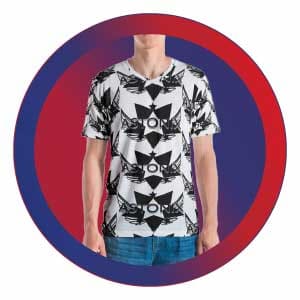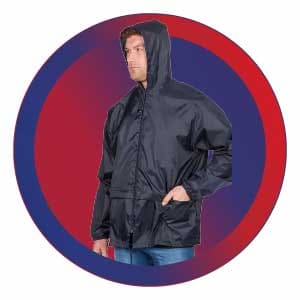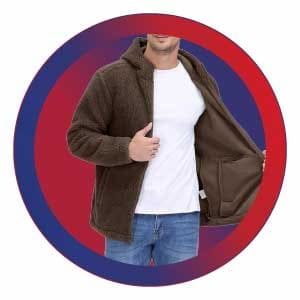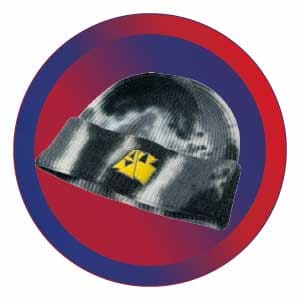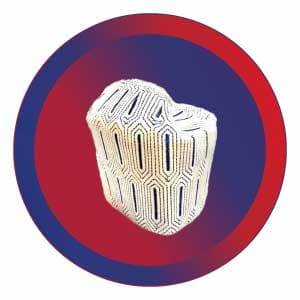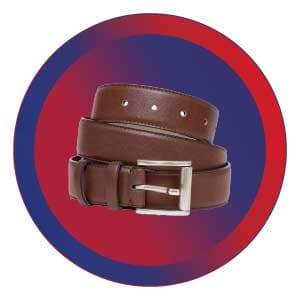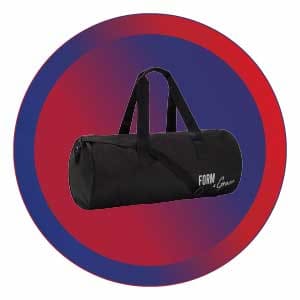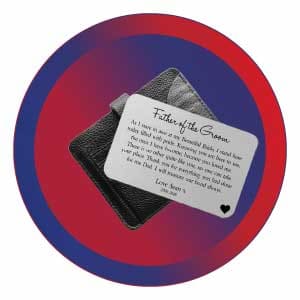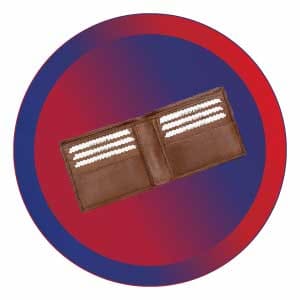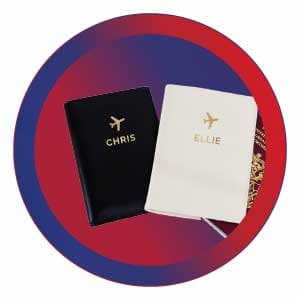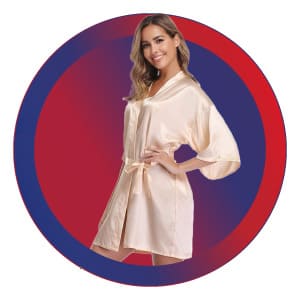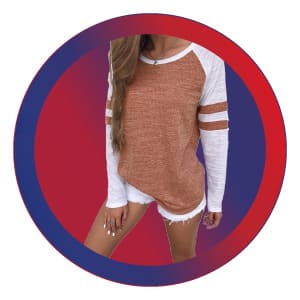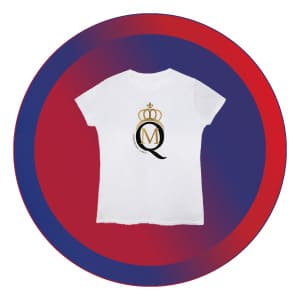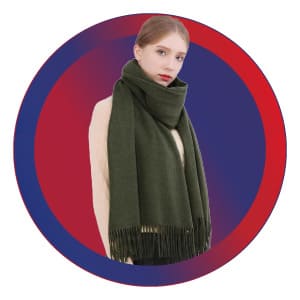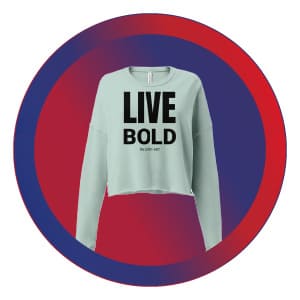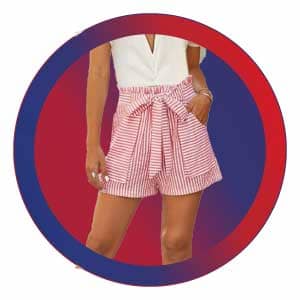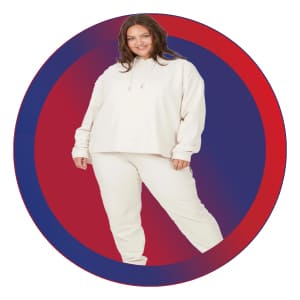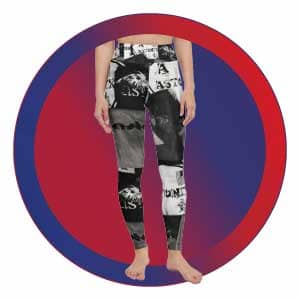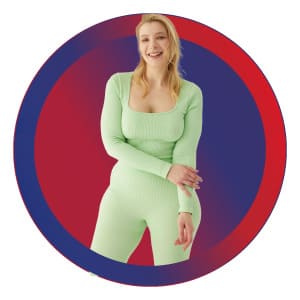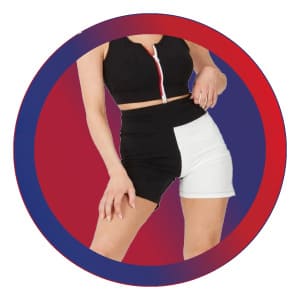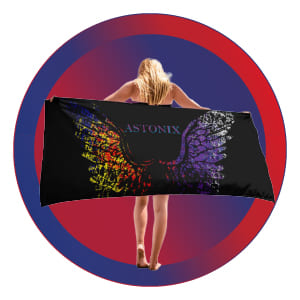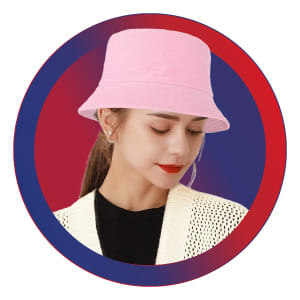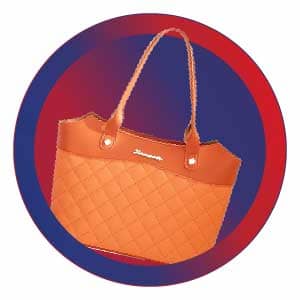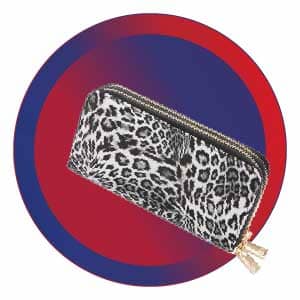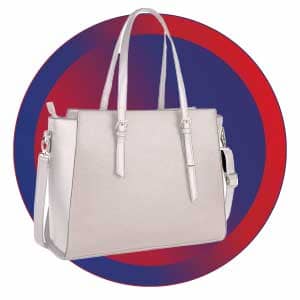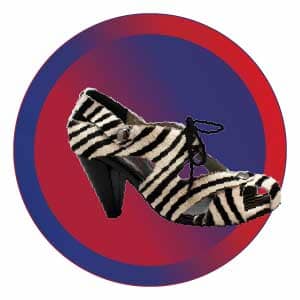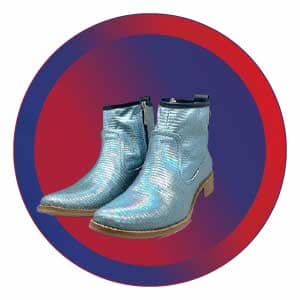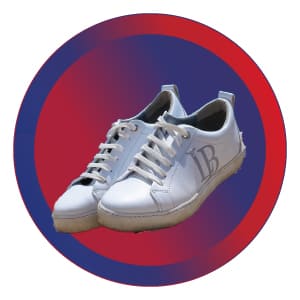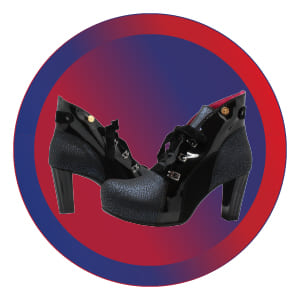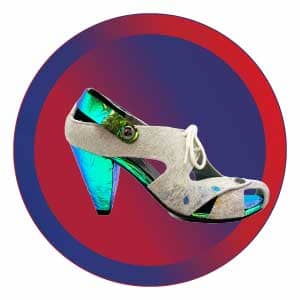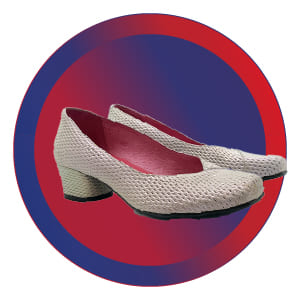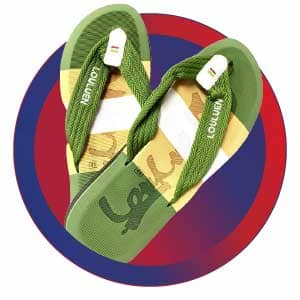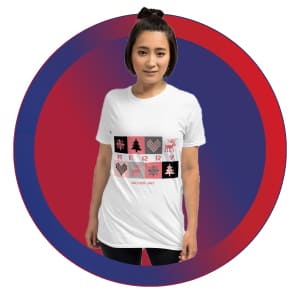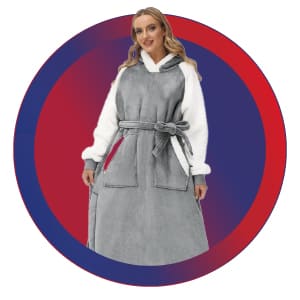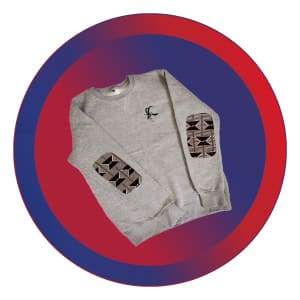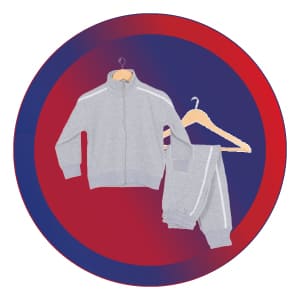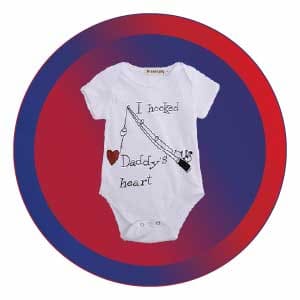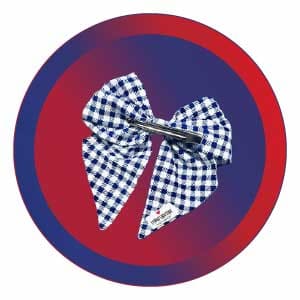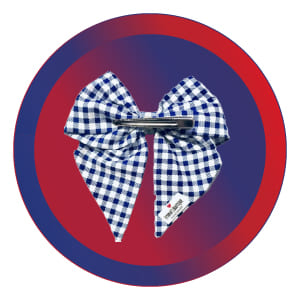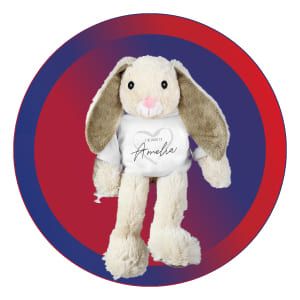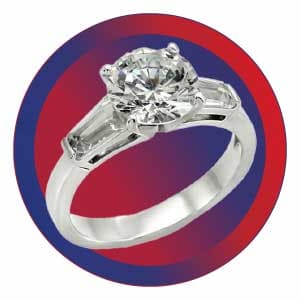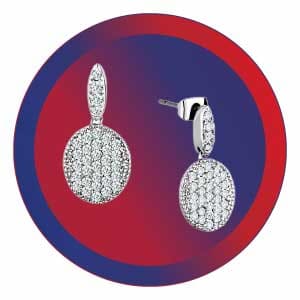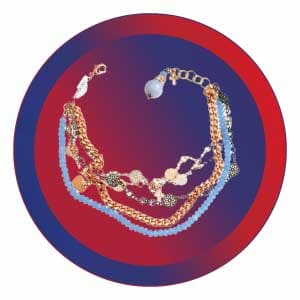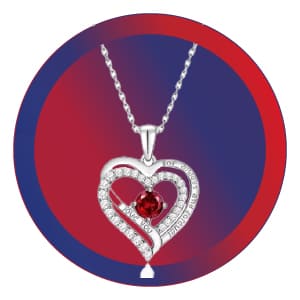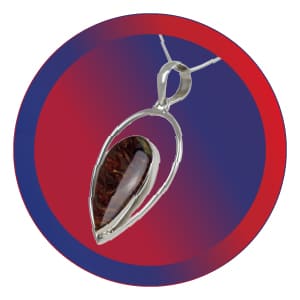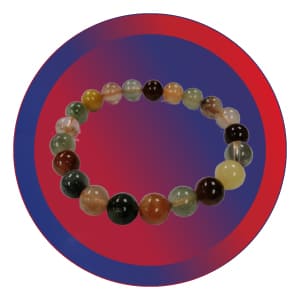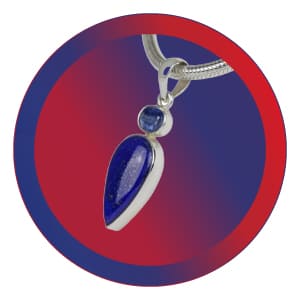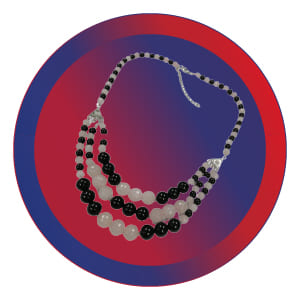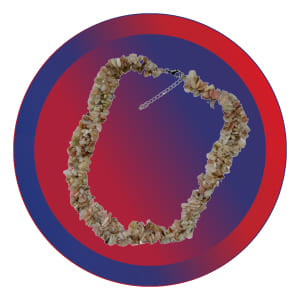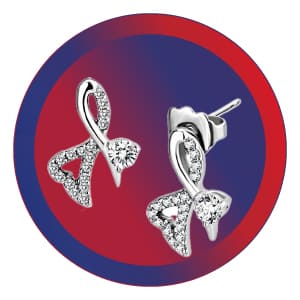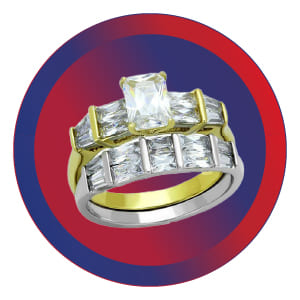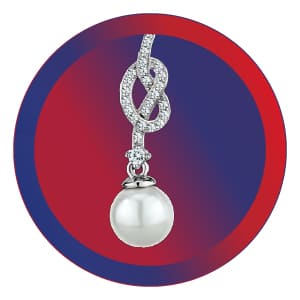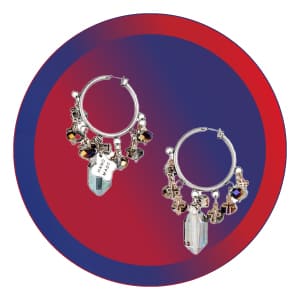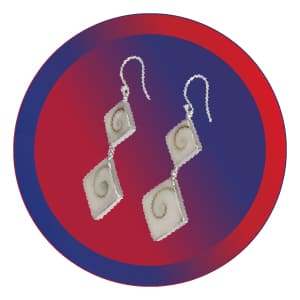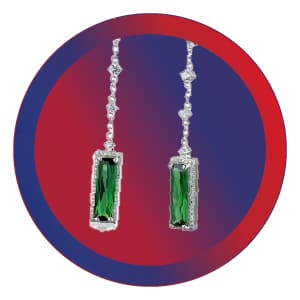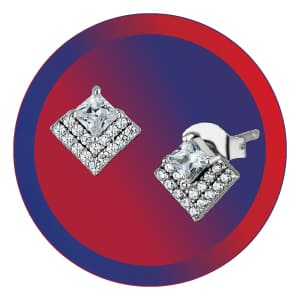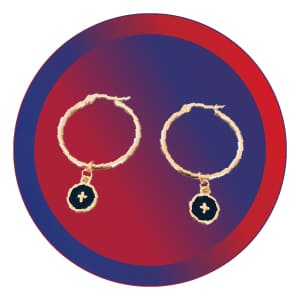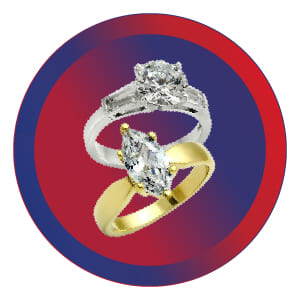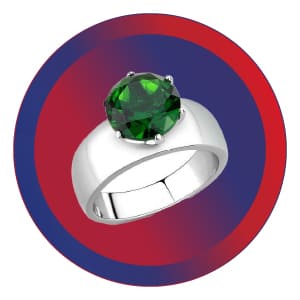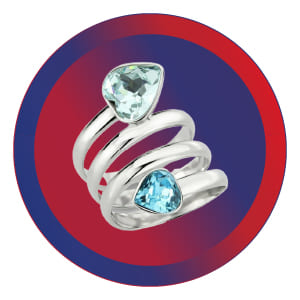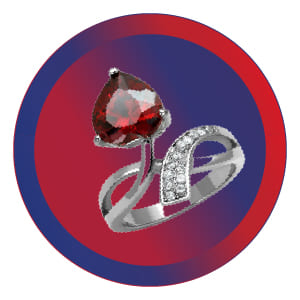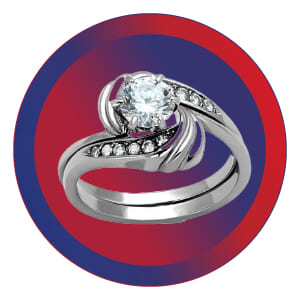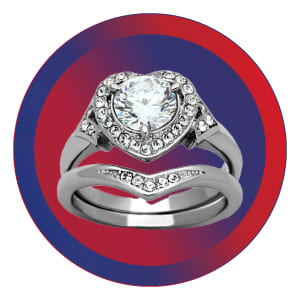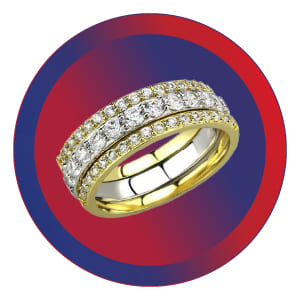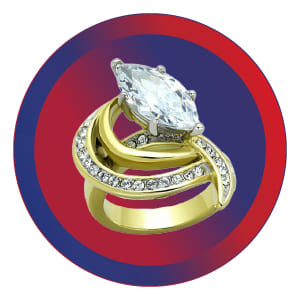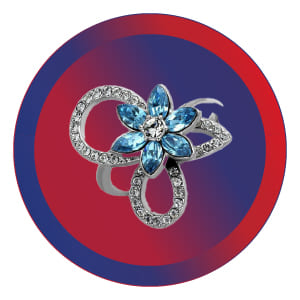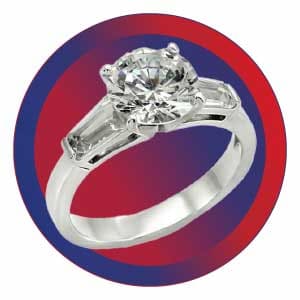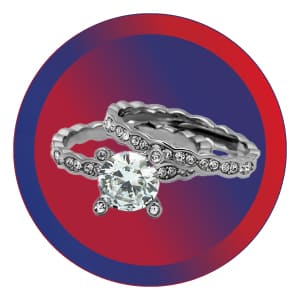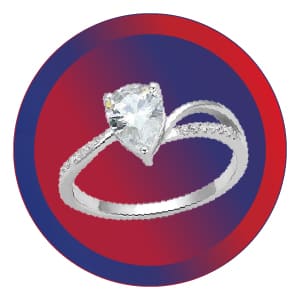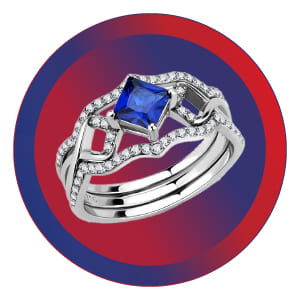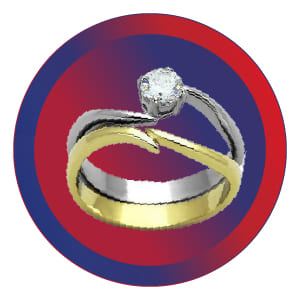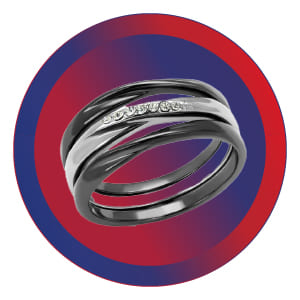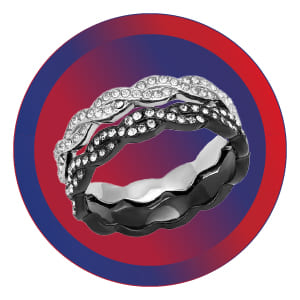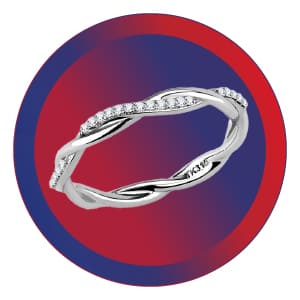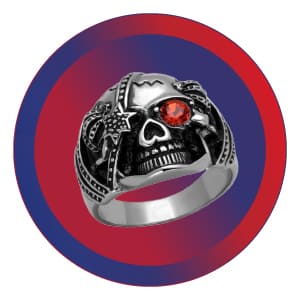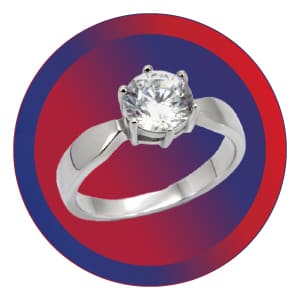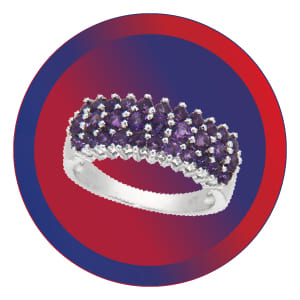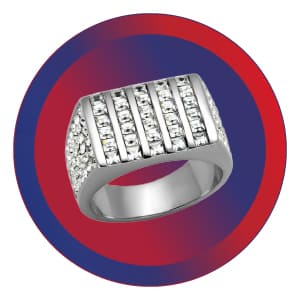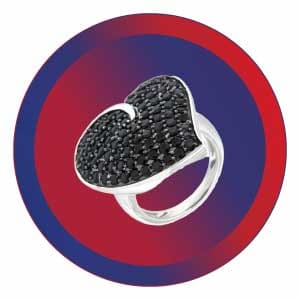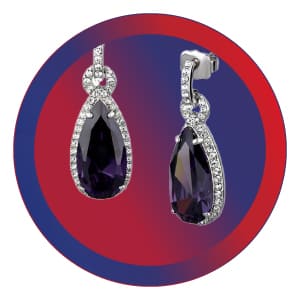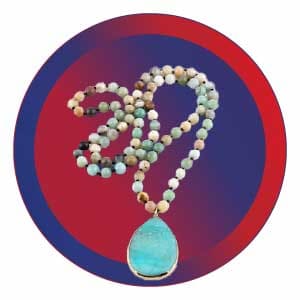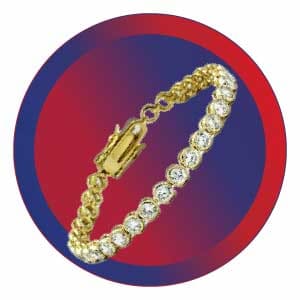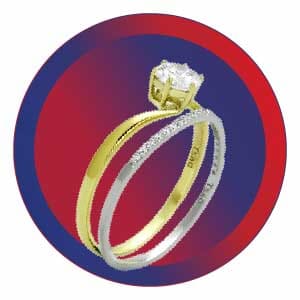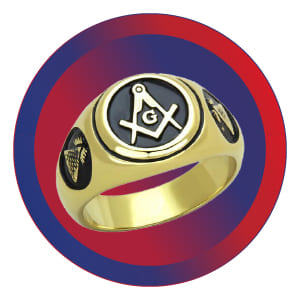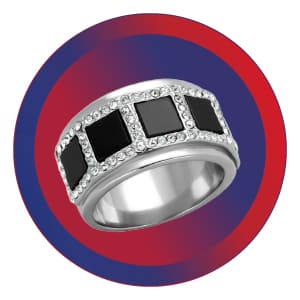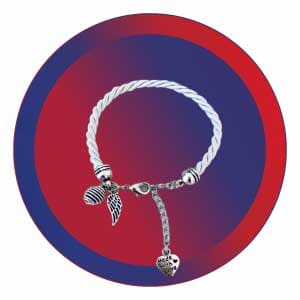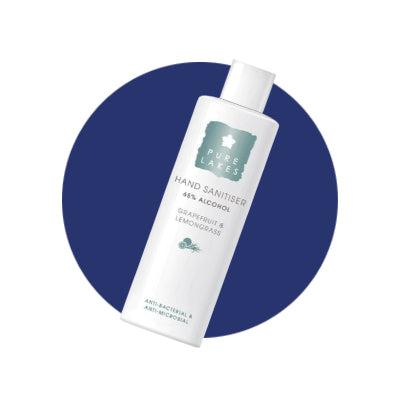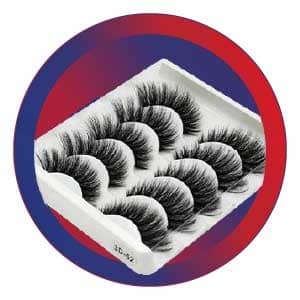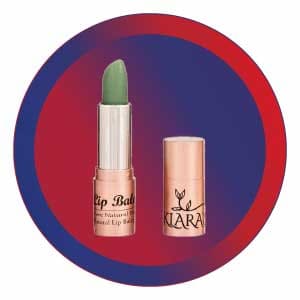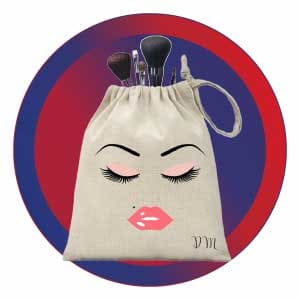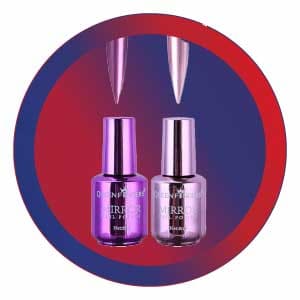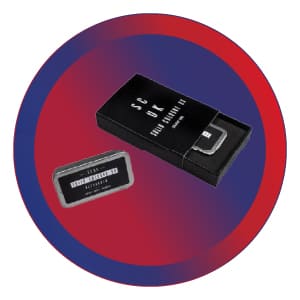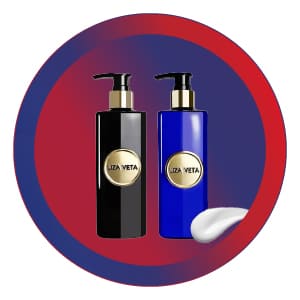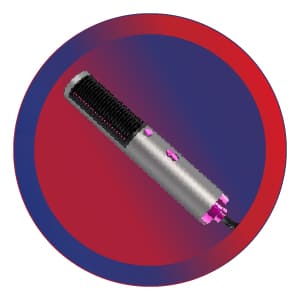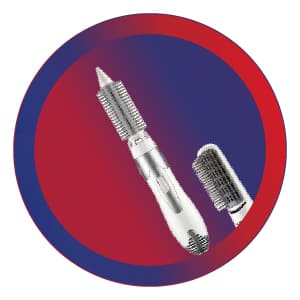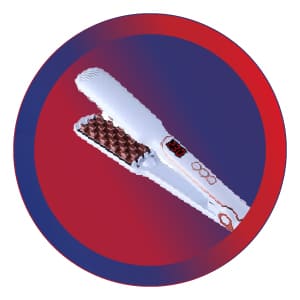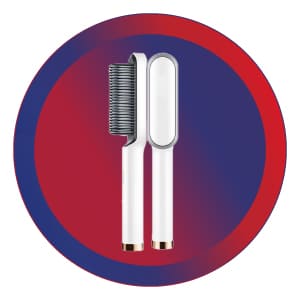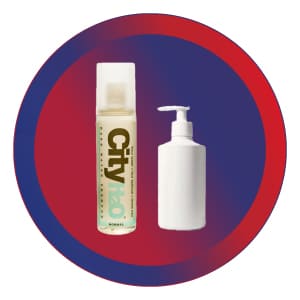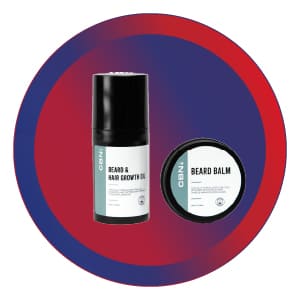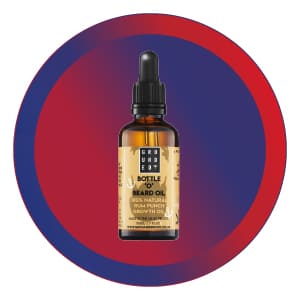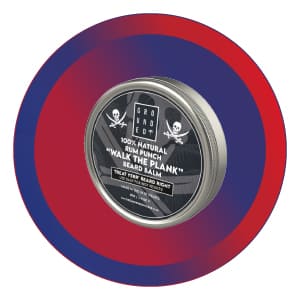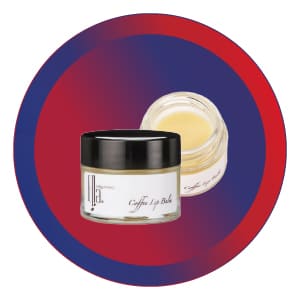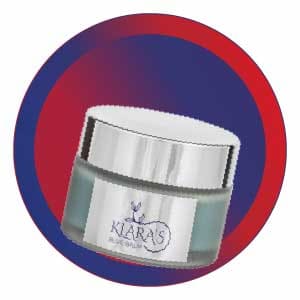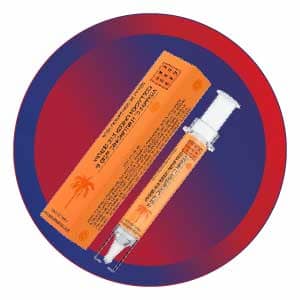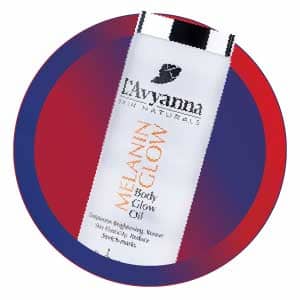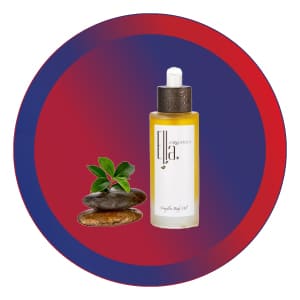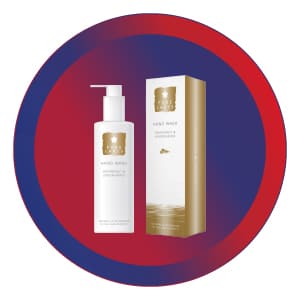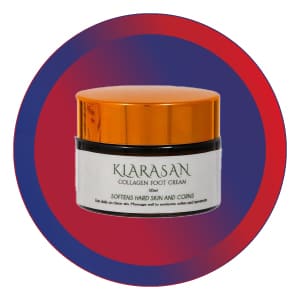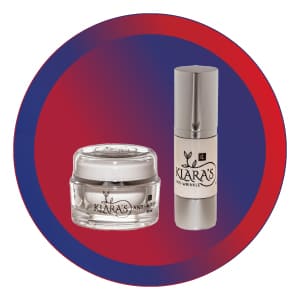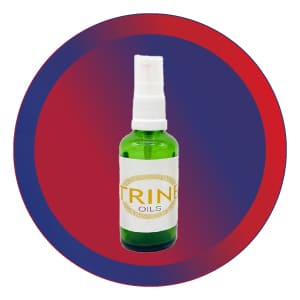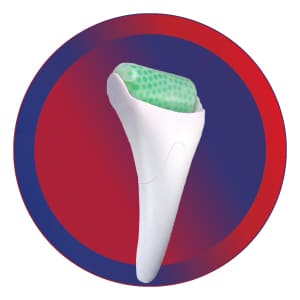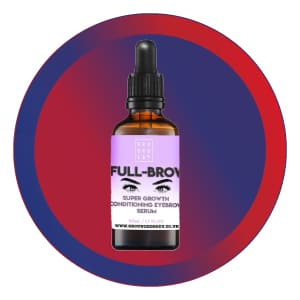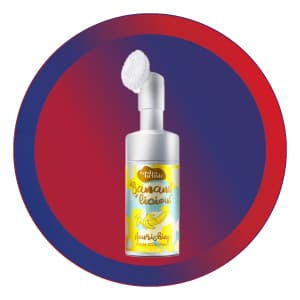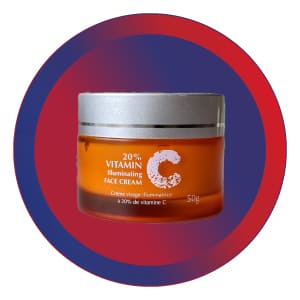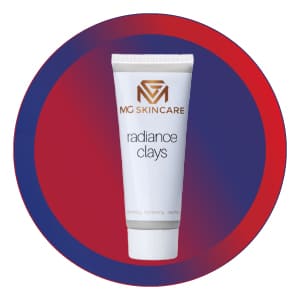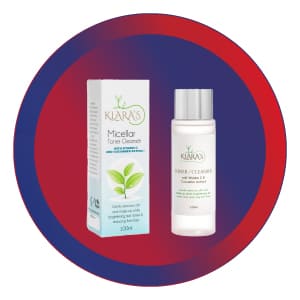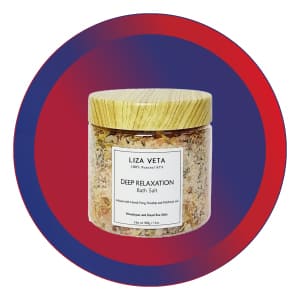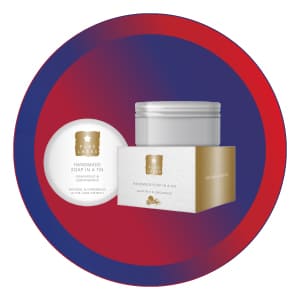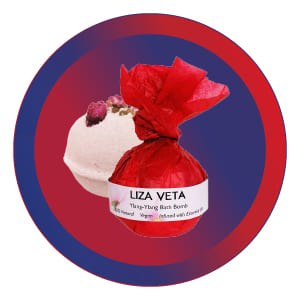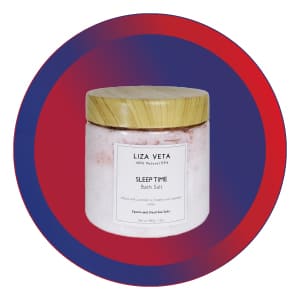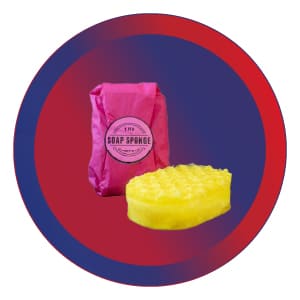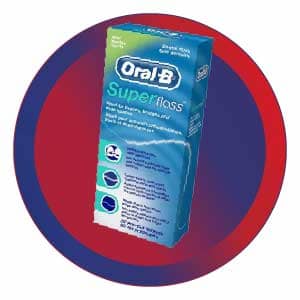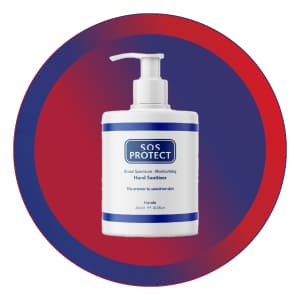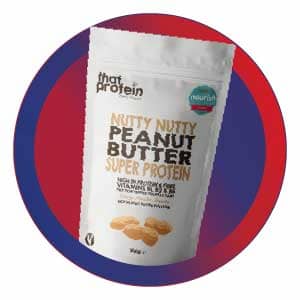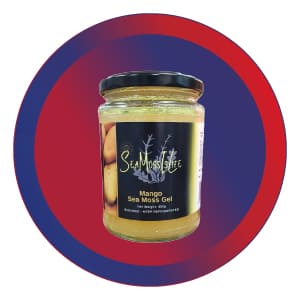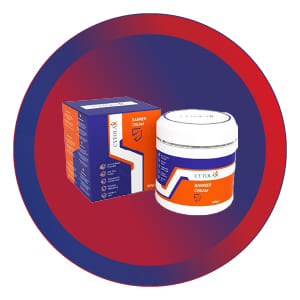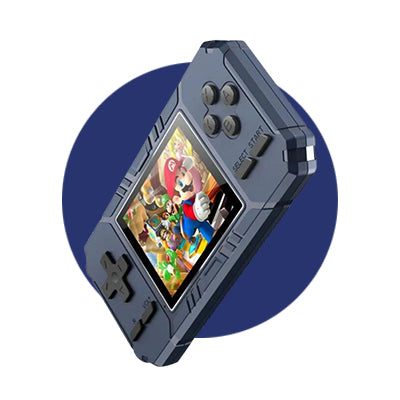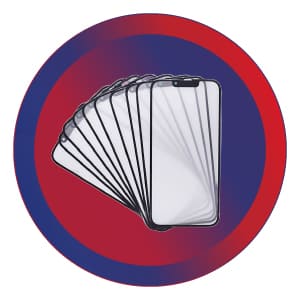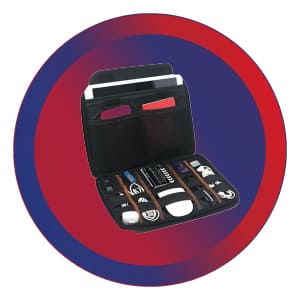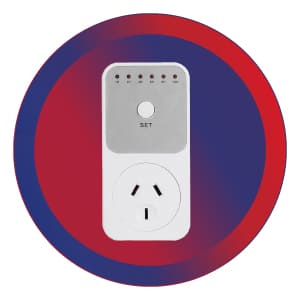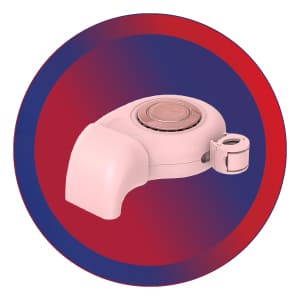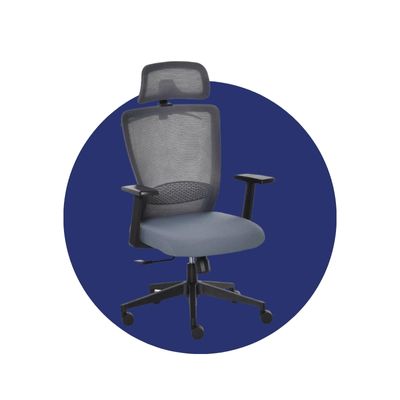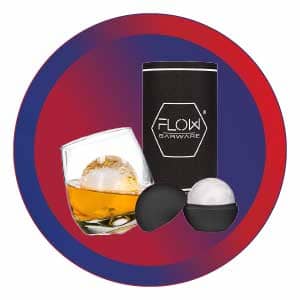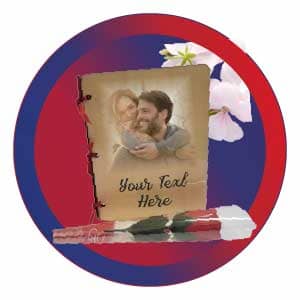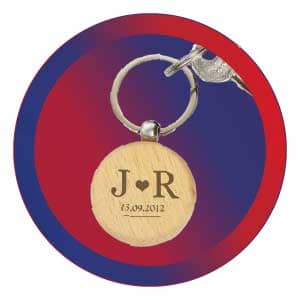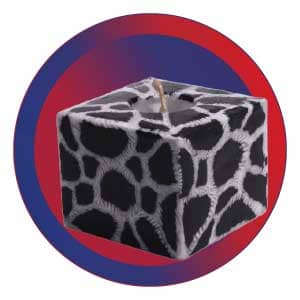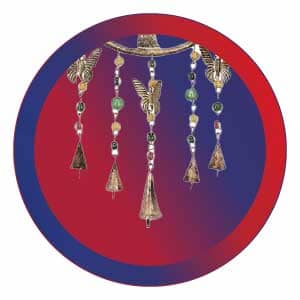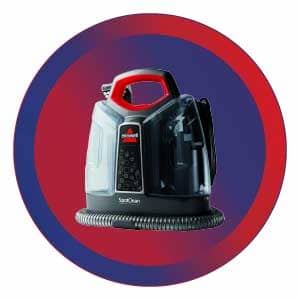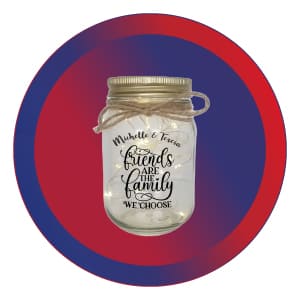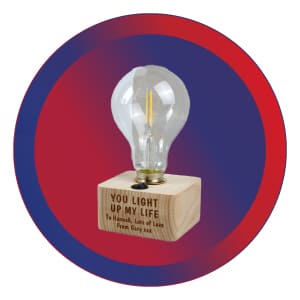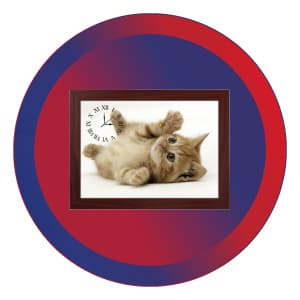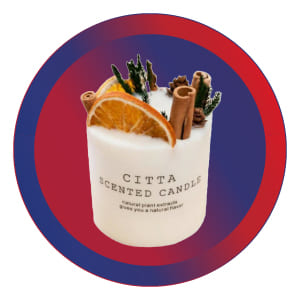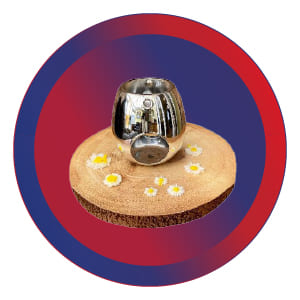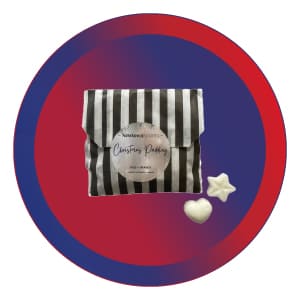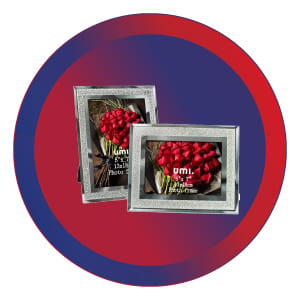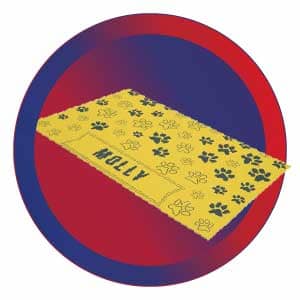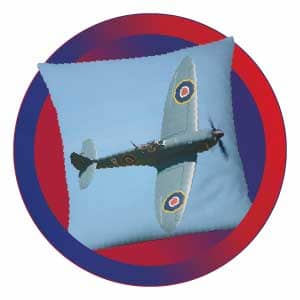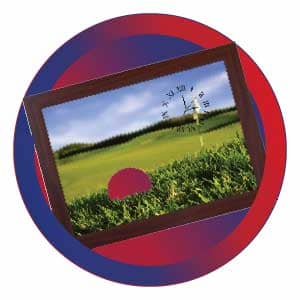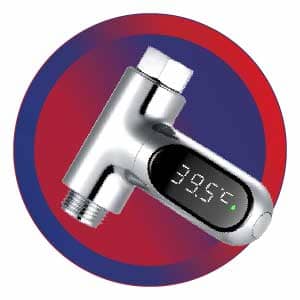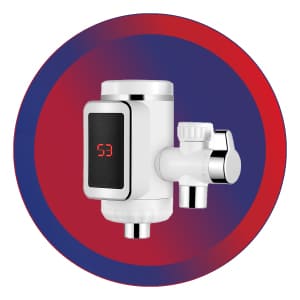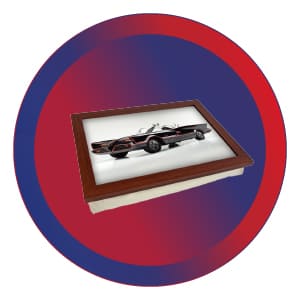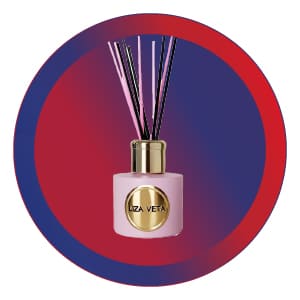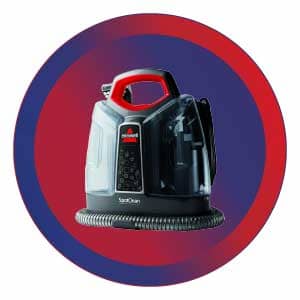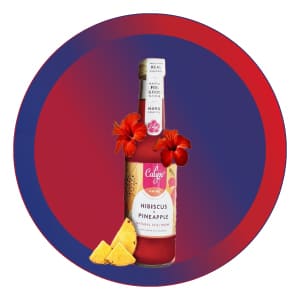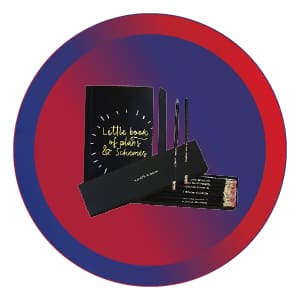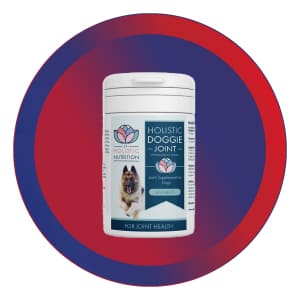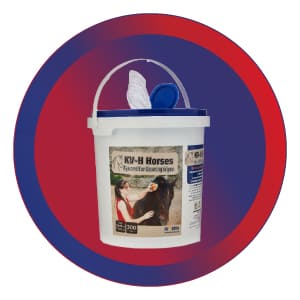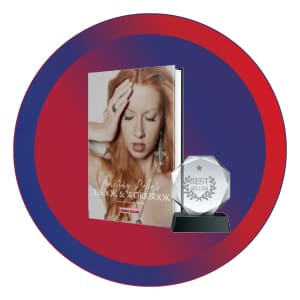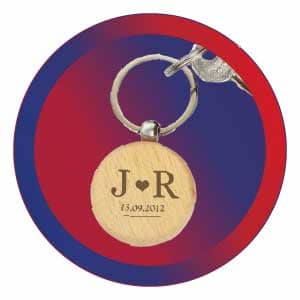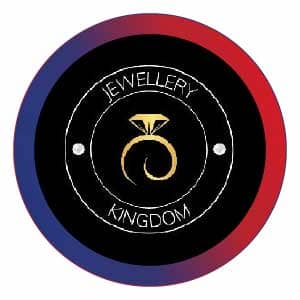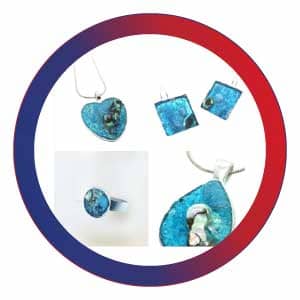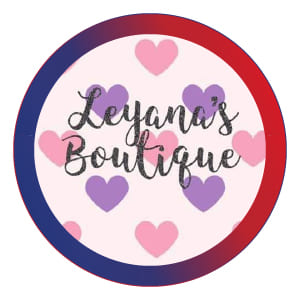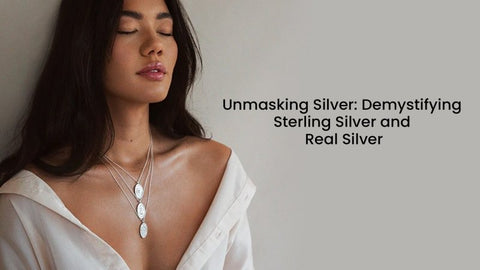
Decoding the Silver Mystery: Sterling Silver vs Real Silver
Are you confused about the difference between sterling silver and real silver?
Are you unsure which type of silver is right for you?
If so, you've come to the right place.
Here, we will explore sterling silver vs real silver providing clarity on their composition, quality, and value.
By the end, you'll have a clear understanding of these silver types and be able to make an informed decision when purchasing silver jewellery and other items.
So, let's dive in and discover the true differences between sterling silver and real silver!
Understanding Sterling Silver

What is sterling silver?
Sterling silver is a type of silver alloy that is commonly composed of 92.5% silver and 7.5% other metals.
The most common metal used as an alloying element in sterling silver is copper. It is used to make jewellery and various other decorative items.
The reason for mixing other metals with silver is to enhance its durability and strength. While pure silver is relatively soft and can be easily scratched or dented, the addition of other metals provides greater resistance to wear and tear.
Copper in particular is frequently chosen as the alloying metal for sterling silver due to its excellent malleability and its ability to strengthen the silver without compromising its overall appearance.
The sterling silver alloy combo strikes a balance between maintaining the desirable properties of silver while improving its durability. This composition is what defines sterling silver and makes it a popular choice for jewellery, silverware, and various decorative items.
What does 925 sterling silver mean?
The term "925 sterling silver" refers to pure sterling silver. The "925" in the term represents the silver's purity level, indicating that it contains 92.5% silver. 925 hall mark in the jewellery indicates the jewellery is made with pure and authentic sterling silver.
Therefore, "925 sterling silver" and "sterling silver" are used interchangeably to describe the same type of silver alloy with a silver content of 92.5%.
Pure silver, also known as fine silver, is composed of 99.9% silver. However, it is too soft to be used in its pure form for practical purposes like jewellery, as it is susceptible to damage and deformation.
Is sterling silver considered as real silver?

Yes, sterling silver is real silver. It is a genuine silver alloy that is widely used in jewelry and other decorative items.
The confusion surrounding the term "real silver" often arises from the fact that sterling silver is not made of pure silver (99.9% silver), but instead contains 92.5% silver.
The addition of other metals, such as copper, to silver is done to enhance its overall quality and durability. This alloying process strengthens the silver, making it more resistant to scratches, dents, and other forms of wear and tear.
By combining silver with other metals, sterling silver maintains the inherent beauty and luster of silver while improving its practicality for everyday use.
It is important to note that sterling silver is highly regarded and widely accepted in the jewelry industry as genuine silver.
So, while it may not be composed of pure silver, sterling silver is undoubtedly real silver and holds significant value and aesthetic appeal.
Is 925 sterling silver good quality?
Yes, 925 sterling silver makes a high quality jewellery. The silver alloy makes sure the jewellery is beautiful and long lasting. 925 sterling silver is widely recognized and accepted as a standard for high-quality silver jewellery.
When purchasing sterling silver jewellery, look for the "925" stamp or hallmark, as it guarantees the quality and authenticity of the sterling silver.
So, if you come across jewellery or silverware made from 925 sterling silver, you can trust that it is made of good quality and will provide lasting beauty and enjoyment.
If you're into nose rings, read this to know whether sterling silver is good for nose rings.
Is 925 silver worth buying?
925 silver is definitely worth buying, especially when it comes to jewellery. It offers several advantages like strength, durability, and exquisite looks that make it a popular choice among jewellery lovers.
Firstly, 925 silver is more affordable compared to other precious metals like gold or platinum. While it still contains a high silver content of 92.5%, the addition of other metals in the alloy helps reduce the cost.
This makes it a more accessible option for those who desire the beauty and elegance of silver without the higher price tag associated with purer forms of the metal.
If you take proper care of 925 silver it will last for a long time, retaining it's beauty and value.
Furthermore, 925 sterling silver comes with numerous health benefits and offers a wide range of designs and styles to choose from due to its versatility and malleability.
So, if you're looking for a quality and reasonably priced options, 925 silver is definitely worth considering.
Looking to buy a fabulous sterling silver jewellery?
Check out our sterling silver necklace and earrings collections.
Why is 925 silver so cheap?
925 silver is relatively low priced and cheap because of the abundance of silver as a precious metal.
Silver is more abundant in nature compared to gold or platinum, which means there is a greater supply available. The increased availability helps keep the cost of silver lower in comparison.
Overall, the combination of the abundance of silver as a precious metal and the use of an alloy makes 925 silver a more affordable option for individuals who desire the beauty and elegance of silver jewellery without the higher cost.
Can I wear 925 silver daily?
Yes, you can definitely wear 925 sterling silver daily. In fact, sterling silver is a popular choice for everyday jewellery due to its durability and ability to withstand regular wear.
However, it is important to note that even though 925 silver is durable, it is not entirely immune to wear and tear.
Over time, depending on factors such as the frequency of wear and the nature of activities, some minimal signs of use or oxidation may appear.
These can usually be easily remedied through regular cleaning and maintenance.
To keep your 925 silver jewelry looking its best, it is advisable to avoid exposing it to harsh chemicals, excessive moisture, or extreme temperatures.
Additionally, taking off your silver jewelry before engaging in activities that involve physical exertion or contact with abrasive surfaces can help minimize potential damage.
With proper care for your silver jewellery, it can be worn daily and can retain its beauty and quality for a long time.
Check out our ladies sterling silver nose rings and bracelets collection and buy some exquisite pieces now!
Tips for cleaning and maintanence of your 925 sterling silver jewellery:
Storage:
When you're not wearing your sterling silver jewelry or using silverware, store them in a cool, dry place.
Ideally, you should keep them in individual soft cloth pouches or airtight containers to prevent exposure to air and moisture, which can accelerate tarnishing.
Avoid exposure to chemicals:
Remove your sterling silver jewelry before swimming in chlorinated water, using cleaning products, or applying lotions, perfumes, or hairsprays. Chemicals can cause discoloration or damage to the silver.
Gentle cleaning:
Regular cleaning is essential to prevent tarnishing. Use a soft, lint-free cloth to gently wipe the silver surface, removing any dirt or oils.
Avoid using paper towels or tissues, as they can scratch the silver. If necessary, you can also use a microfiber cloth designed specifically for cleaning silver.
Mild soap and water:
For more stubborn dirt or tarnish, you can clean your 925 sterling silver with mild dish soap and warm water.
Create a soapy solution and use a soft toothbrush or a cotton swab to gently clean the surface. Rinse the item thoroughly with clean water and pat it dry with a soft cloth.
Polishing:
To restore the shine of your 925 sterling silver, you can use a silver polishing cloth or a specialised silver polish.
Follow the manufacturer's instructions carefully and avoid using excessive force, as it can remove the protective layer of the silver.
Professional cleaning:
If your sterling silver jewellery or items have intricate designs, gemstones, or delicate components, it's best to take them to a professional jeweller for cleaning. They have the expertise to handle delicate pieces without causing any damage.
By following these maintenance and cleaning techniques, you can help extend the lifespan of your 925 sterling silver jewellery pieces.
However, over time, sterling silver will naturally develop a patina or darkening, which can enhance its beauty.
But if you prefer a shiny appearance, periodic cleaning and polishing will help keep it looking its best.
Is 925 silver waterproof?
925 Sterling silver is waterproof, since it's 92.5% silver and silver doesn't react with water. You can wear sterling silver to wash your hands, take a shower, or being caught in the rain without worrying immediate damage.
However, it's important to note that prolonged exposure to certain types of water, particularly chlorinated or saltwater environments, can cause tarnishing on the surface of the silver.
Overall, while 925 sterling silver is generally resistant to water damage, it's still important to exercise care and take appropriate measures to protect it from prolonged exposure to certain types of water to maintain its appearance and longevity.
Can I bathe with 925 silver?
Stop wearing any jewellery made of sterling silver while bathing or swimming.
Although 925 silver is resistant to water damage, prolonged exposure to water, especially in combination with soaps, lotions, and other chemicals, can dull its appearance over time.
Additionally, the heat and moisture in a bath or shower environment can accelerate the tarnishing process.
Is there 100% pure silver?
100% pure silver is chemically not possible to produce. Nowadays, it's possible to make silver with 99.9% silver with traces of impurities known as fine silver. It is the highest level of purity you can find in silver.
It's important to note that while fine silver is not commonly used in jewellery, it has its own niche applications.
It is sometimes used in specialised silverware, bullion bars, and certain decorative or artistic pieces where its softness can be an advantage.
Is pure silver expensive?
Pure silver, or fine silver, is generally more expensive than other forms of silver.
The high cost of pure silver is primarily attributed to two factors:
- Rarity: Fine silver is relatively rare compared to other forms of silver. It is more challenging to find and extract silver in its purest form. Most silver is found in combination with other minerals and metals, requiring extensive refining processes to obtain fine silver.
- Limited applications: Fine silver is extremely soft and malleable, which makes it unsuitable for many practical applications. Its lack of durability and susceptibility to damage make it less desirable for everyday items like jewellery and silverware.
Comparing Sterling Silver and Real Silver
What's the difference between sterling and real silver?
Real silver known as "fine silver" in it's purest form having 99.9% silver content is super soft and cannot be used to make jewellery.
As a solution, fine silver is alloyed with copper to create "sterling silver" which is 92.5% silver and it dominates the jewellery kingdom.
This is the main difference between sterling silver and pure silver. Both are considered real silver, but their compositions and properties differ.
Is sterling silver more valuable than silver?
The value of silver depends on its form and purity level. While sterling silver is highly valued, pure silver holds even higher intrinsic value because of its purity and rarity.
Sterling silver items can hold significant value, especially if they are well-crafted or possess historical or artistic significance.
Pure Silver is often sought after by collectors, investors, and individuals who appreciate the highest level of silver purity.
When it comes to determining value, various factors come into play, such as market demand, craftsmanship, rarity, and historical or artistic value.
It's also important to note that the price of silver is subject to market fluctuations and can change over time.
If you want to explore the different types of silver used in jewellery, read this.
Conclusion:
Sterling silver is highly regarded for its quality, making it a popular choice for jewelry. It is more affordable than pure silver and offers a balance between beauty and durability.






























